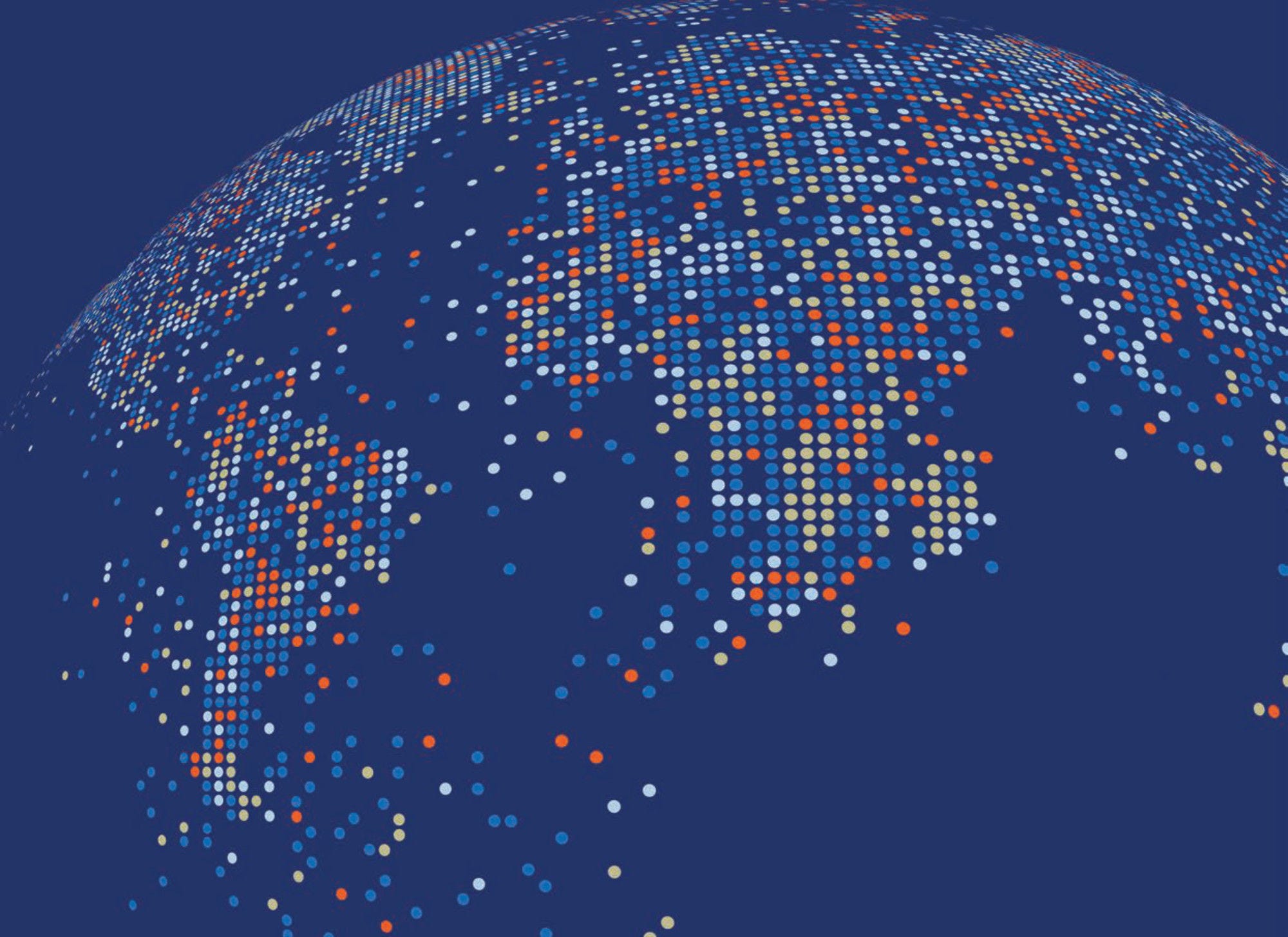Nearly USD 300 billion could be added to the value of e-commerce markets – and the wallets of women entrepreneurs – in Africa and Southeast Asia by 2030 if gender gaps were closed.
The public and private sectors can work together to strengthen e-commerce markets by closing gender gaps in access to digital assets and finance, and by offering entrepreneurship training for women.
E-commerce is thriving in emerging markets. In Africa, the number of online shoppers grew by an average of 18% every year from 2014 to 2019 (Davarpanah, 15 April 2020[1]). Similarly, Southeast Asia’s e‑commerce market tripled from 2015 to 2020 and is expected to triple again by 2025 (Google et al., 2020[2]). New research by the International Finance Corporation (IFC), based on data from two leading e‑commerce platforms – Jumia in Africa and Lazada in Southeast Asia – suggests that investment in the women entrepreneurs on e-commerce platforms could push this growth rate even higher. The projected return on such investment for women in these two markets is estimated to be nearly USD 300 billion by 2030.
Women are already active in e-commerce in Africa and Southeast Asia, with notable variation across countries (IFC, 2021[3]; 2021[4]). The IFC research found that between one-third and one-half of online vendors on the Jumia platform were women – higher than the rate of women’s ownership of formally registered businesses according to national figures in the countries studied. Similarly, in Southeast Asia, women represent between a third and two-thirds of vendors on the Lazada platform. However, women‑owned businesses on both platforms tended to be micro-enterprises and concentrated in lower margin, high-competition categories such as fashion and beauty. Women-owned businesses were also more likely than men-owned businesses to be self-financed and less likely to leverage platform financing.
Gender gaps in digital and financial inclusion existed before the pandemic, but the COVID-19 crisis disproportionately affected women entrepreneurs on e-commerce platforms. In terms of sales, for instance, prior to the pandemic, women-owned businesses in the Philippines outperformed those owned by men; during the pandemic, their sales fell to 79% of those of men-owned businesses (IFC, 2021[4]). Similarly, sales by women-owned businesses on Jumia dropped by 7% during the pandemic, while those of men‑owned businesses rose by 7% (IFC, 2021[3]).
By recruiting, training and financing women entrepreneurs, these platforms can reverse this trend and help ensure that women-owned businesses and women vendors benefit equally from the exponential growth in e-commerce.
Recruit women: While women are active participants on e-commerce platforms, they do not participate at the same rate as men in countries such as Côte d’Ivoire and Indonesia. As the experience of Jumia demonstrates, platforms can better understand the barriers women sellers face by identifying and tracking women-owned businesses and helping them succeed by offering enhanced features and services. Platforms can also cultivate the best approaches to increase women entrepreneurs’ representation on e-commerce platforms.
Train women: Platforms can build on training success by adding content and expanding outreach specifically targeting women-owned businesses. The IFC research found that demand for training was greater among women in both Africa and Southeast Asia, and that women were more likely to report that they had benefited from existing training offerings.
Finance women: Women-owned businesses in both regions were more likely to be self-financed. In Africa, 74% of women reported using their personal savings as start-up capital compared to 70% of men. In Southeast Asia, 78% of women used their personal savings as start-up finance compared to 71% of men. Moreover, women-owned businesses in Africa were less likely to apply for loans through the platforms themselves – even when they were more likely to be approved. This behaviour may reflect many women vendors’ focus on lower margin categories, making shorter term and inventory-bound financing more appealing. The differences also suggest that offering targeted financing could be an opportunity for e-commerce platforms to not only close gender gaps, but also to grow their financial technology (FinTech) user base.
In sum, rapid expansion over the last two decades has made e-commerce a defining feature of the modern economy and a powerful engine for economic development. For sellers, e-commerce opens pathways to new markets. For customers, it increases value, choice and convenience. For communities, e-commerce can create employment in related sectors such as logistics.
Donors and other development actors have a role in supporting policies that expand Internet access, reduce the cost of access and ensure that everyone can participate in the digital economy on an equal footing, including by investing in digital infrastructure that boosts network capabilities. Furthermore, donors are well placed to support initiatives that enable micro-, small- and medium-sized enterprises to rebound from the COVID-19 pandemic.
Every year that gender gaps remain unaddressed, the e-commerce sector loses billions of dollars in potential value (IFC, 2021[3]; 2021[4]). The crisis disproportionately hit women-owned businesses engaged in e-commerce. But their relative success prior to the pandemic suggests that reversing that impact and returning their sales to parity with those of men-owned businesses are essential and achievable goals.
